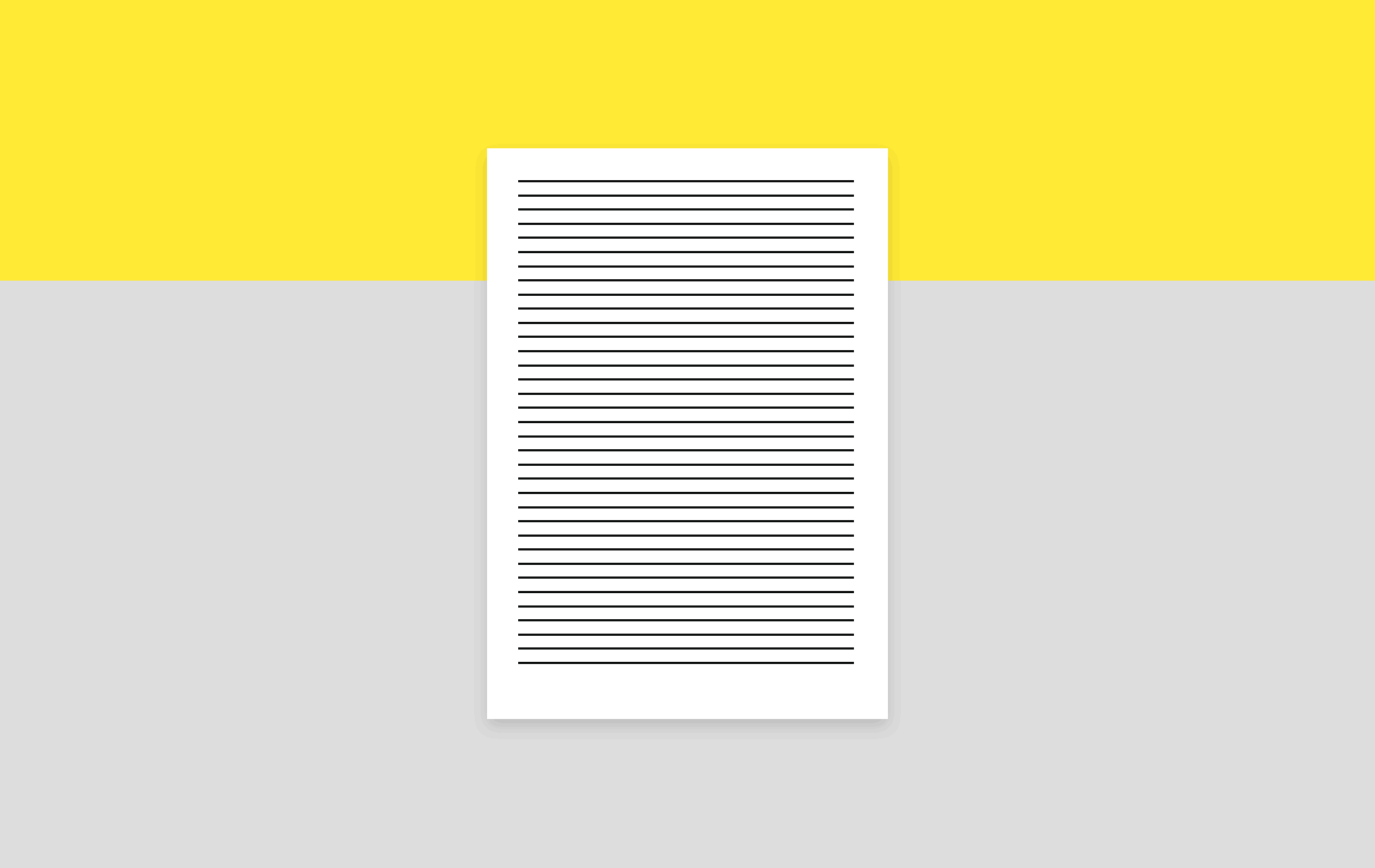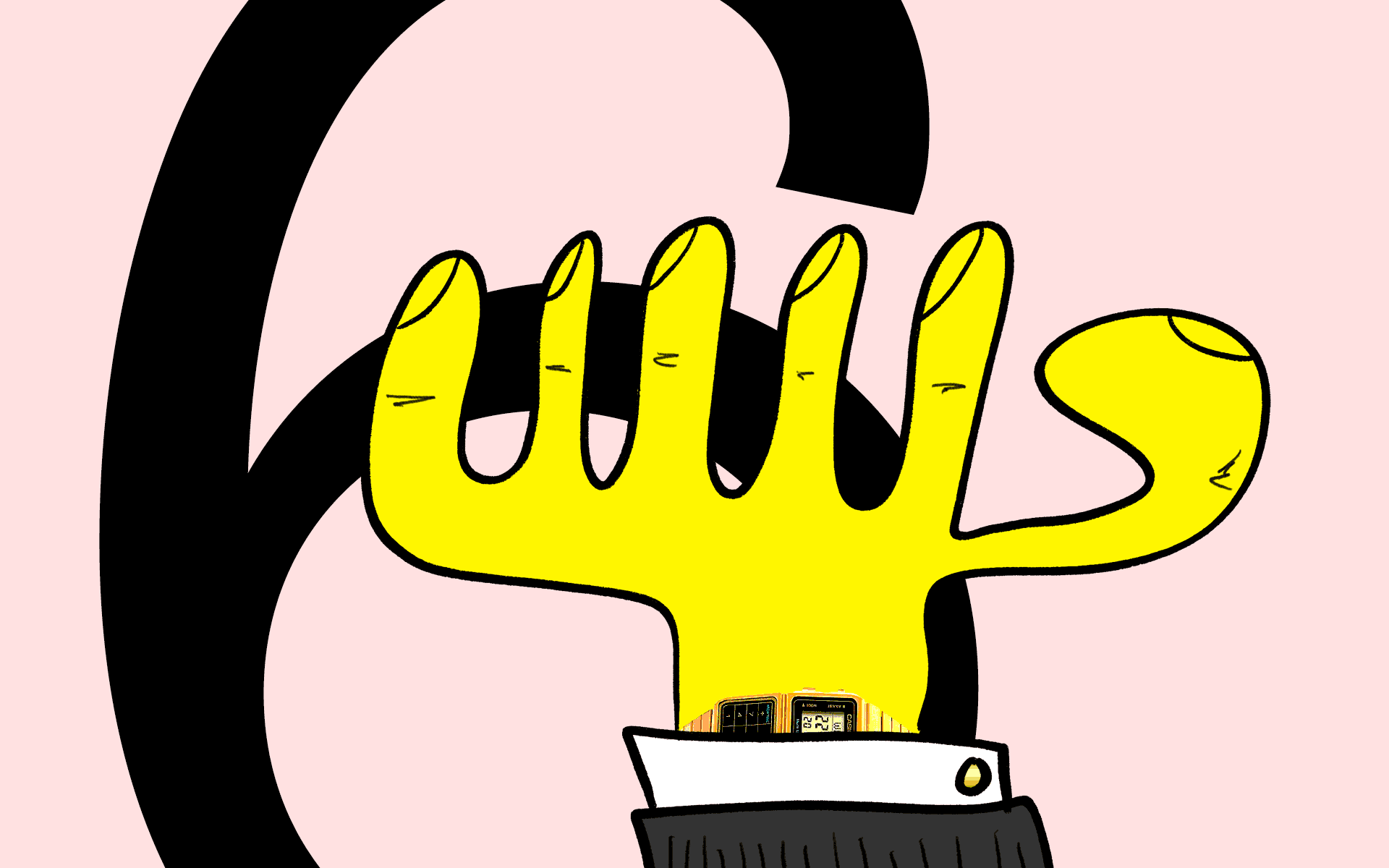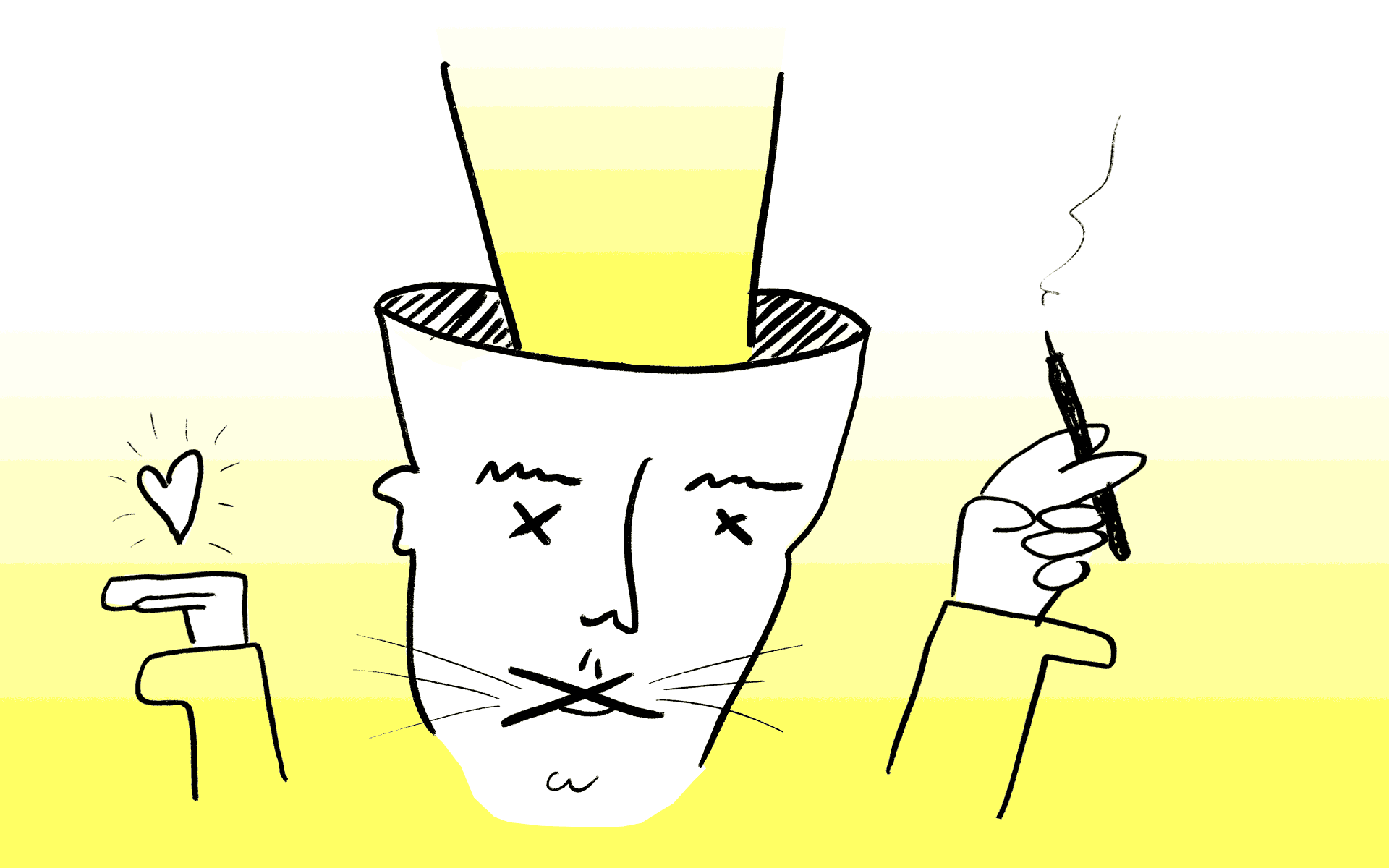Someone was forced to share a Google Doc with you, again
A few actionable, concrete ways to increase transparency and goal-orientation in your own team.

Let’s start this piece about challenges of remote work with a classic:
If communication can fail, it will.
This well-known assumption is based initially on Finnish researcher Osmo Wiio’s findings on human communication. When work is increasingly carried out digitally without real-life human connection with all of its delightful micro-expressions, bodily gestures, or the use of space, the possibility of miscommunication is increased in no small measure. Also, the lack of physical presence, that allows quick questions and informal conversations about the topic at hand or about anything, is away.
Initiating a conversation through digital channels requires more effort and a real, “official” reason, so quite often a casual interaction in a digital setting is stripped away. Usually, people respect their own and others’ time so that they just don’t call around without reason. By being more and more self-aware of one’s time usage, the amount of solitude might raise its head. We’re mainly just staring at the computational stargates in front of us. We don’t have the social glue to give a human context to cold information which is effectively squeezed into digital documents, available for the whole team around the clock, almost always set in 11-point Arial, because it’s the default font of Google Docs.
No how-are-yous, casual questions about one’s life, mood, cracking jokes or something else human. It would be its own topic for a post to focus on the delicate details of social factors in work-related communications, but what I’m pinpointing here, is stating that work is moving towards a drier era. It gives its own challenges and can make work a bit more tedious.
It can’t be that bad
Well, it isn’t. From another perspective, it’s a good thing to strip away the vaguest aspects of communication that has been happened past if only verbal ways are used. When laying out a plan or creating another piece of deliverable for a team which is operating remotely or in a distributed way, it needs to be written down, and it requires its own limitations and rigour. Which is good.
If there’s more up-to-date information available transparently throughout the whole organisation, on a company, team and individual level, it makes the entire entity to raise its bar on a new level. Not talking about just an intranet or a similar platform for internal audiences.
So it’s bad, and it’s not – decisions?
All work settings are different, so there are as many right answers as there are existing settings. What might be helpful is to mention a few interesting points about Google and how they are improving their workflows by having a set of transparent information bits available for everyone.
Following examples are from the book How Google Works:
Quarter-level goals:
“OKRs are another great example of transparency. These are an individual’s Objectives (the strategic goals to accomplish) and Key Results (the way in which progress toward that goal is measured). Every employee updates and posts his OKRs company-wide every quarter, making it easy for anyone to quickly find anyone else’s priorities. When you meet someone at Google and want to learn more about what they do, you go on Moma [Google’s intranet] and read their OKRs. This isn’t just a job title and description of the role, it’s their first-person account of the stuff they are working on and care about. It’s the fastest way to figure out what motivates them.”
Week-level activities:
“-- Larry [Page] was listening to the engineers—not directly but via a smart little tool he had implemented called ‘snippets.’ Snippets are like weekly status reports that cover a person’s most important activities for the week, but in a short, pitchy format, so they can be written in just a few minutes or compiled (in a doc or draft email) as the week goes on. There is no set format, but a good set of snippets includes the most important activities and achievements of the week and quickly conveys what the person is working on right now --. Like OKRs, they are shared with everyone. Snippets are posted on Moma, where anyone can see anyone else’s.”
Open, transparent, honest communication:
“There are a few things we can recommend to make it easier to speak bad truth to the power. After a product or key feature launches, we ask teams to conduct ‘postmortem’ sessions where everyone gets together to discuss what went right and what went wrong. We then post the findings for everyone to see. The most important result of all these postmortems is the process itself. Never skip a chance to promote open, transparent, honest communication.”
A model for transparency:
“Eric calls our approach to transparency a ‘climb, confess, comply’ model. Pilots learn that when they get in trouble, the first step is to climb: Get yourself out of danger. Then confess: Talk to the tower and explain that you screwed up and how. Finally, comply: When traffic controllers tell you how to do it better next time, do it!”
Is that all?
The How Google Works book offers a set of useful methods for improving the digital product development process. Still, as we saw from the quoted examples, many of the methods were focused on process-related things like tracking employees’ task lists, when it would be interesting to know more about creating, maintaining and improving cultural aspects and building qualitative methods to create safer environment for experimentations.
I've conducted a web survey about the challenges in remote work, in which one part was about improving the conditions when working remotely, especially from aspects of culture and well-being. I'm currently analysing the results and sharing some of the key findings soon.
Until then, you might want to dig deeper by checking out the book How Google Works and go through my list of 60+ sources about remote work and distributed teams.
Basically, almost everything needed about the topic is covered in that listicle, so highly recommended to explore its links.
As earlier, happy to continue chat on Twitter.
Cheers,
Mika
Mentioned sources:
- Wiio, O. A., Goldhaber, G. M. and Yates, M. P. (1980) ‘Organizational Communication Research: Time for Reflection?’, Annals of the International Communication Association. Routledge, 4(1), pp. 83–97. doi: 10.1080/23808985.1980.11923796.
- Schmidt, E., Rosenberg, J. and Eagle, A. (2015) How Google Works. 2017 edition. John Murray (Publishers).
share on facebook
share on twiter





